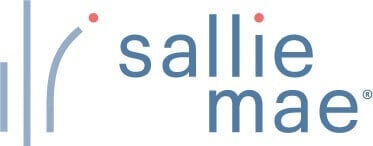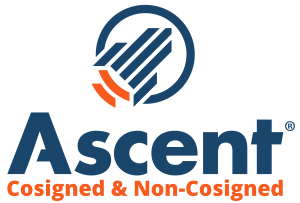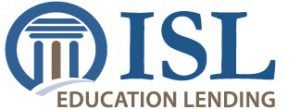College usually costs a lot of money. Many students end up taking out loans for college. When it comes to student loans, there are two main types: federal and private. Federal loans, as the name implies, comes from the federal government. Private loans are funded by lending companies like Sallie Mae or Credible. So private vs federal student loans: which should you go for first? The answer is always federal loans.
But why should you choose federal students loan first?
Lower interest rates & flexible repayments
Federal student loans tend to come with much lower interest rates and several flexible repayment options. In other words, you may end up with less student loan debt and you have more plans to choose from that suit your financial situation. You may also be eligible for forgiveness of part of your loan if you meet certain requirements, such as being in a certain career.
Private student loans, on the other hand. can be more expensive and inflexible. Forgiveness options are rarer and usually more stringent. Besides, the interest rate is pegged to your creditworthiness. If you do not have a good credit history, you will have to pay a much higher rate on the money you borrow. If you’re a high school student, you probably don’t have a credit history. That means you’ll have to ask someone, usually a parent or another trusted adult, to co-sign a loan with you.
Easier to qualify for
Qualifying for a federal student loan is straightforward. You have to be a citizen or permanent resident of the United States and enrolled or accepted at least half time in a recognized school in the country. Your credit history does not matter for approval, neither do you need a cosigner to get a federal student loan. The easiest way to get started is by filing the FAFSA! And you should definitely file the FAFSA, regardless of your financial situation. Anyone can apply to the FAFSA, and you absolutely should! Filing the FAFSA opens up not only federal student loans, but also merit-based scholarships and grants. Who’s going to say no to free money?
With private student loans, your credit history plays a huge role in whether or not you get approved and the rate of interest that you are offered.

When to go for private loans
The only drawback with federal student loans is that the amount you can borrow may be limited by a few factors such as your family’s total income. With private student loans, there are fewer limits. So if you’ve exhausted all of your financial aid and federal loan options, turning to a private loan is the next step. But private loans should be your last resort. If you do have to turn to private student loans, shop around to find the lender that suits your needs best, and only take out as much as you need.
Just be sure to shop around and compare your options. We can help with that! With College Raptor’s free Student Loan Finder, you can compare lenders and interest rates side by side.
| Lender | Rates (APR) | Eligibility | |
|---|---|---|---|
 |
5.34%-15.96%* Variable
3.99%-15.61%* Fixed
|
Undergraduate and Graduate
|
VISIT CITIZENS |
 |
4.92% - 15.08% Variable
3.99% - 15.49% Fixed
|
Undergraduate and Graduate
|
VISIT SALLIE MAE |
 |
4.50% - 17.99% Variable
3.49% - 17.99% Fixed
|
Undergraduate and Graduate
|
VISIT CREDIBLE |
 |
6.00% - 13.75% Variable
3.99% - 13.75% Fixed
|
Undergraduate and Graduate
|
VISIT LENDKEY |
 |
5.50% - 14.56% Variable
3.69% - 14.41% Fixed
|
Undergraduate and Graduate
|
VISIT ASCENT |
 |
3.70% - 8.75% Fixed
|
Undergraduate and Graduate
|
VISIT ISL |
 |
4.99% - 16.85% Variable
3.47% - 16.49% Fixed
|
Undergraduate and Graduate
|
VISIT EARNEST |
 |
5.00% - 14.22% Variable
3.69% - 14.22% Fixed
|
Undergraduate and Graduate
|
VISIT ELFI |



